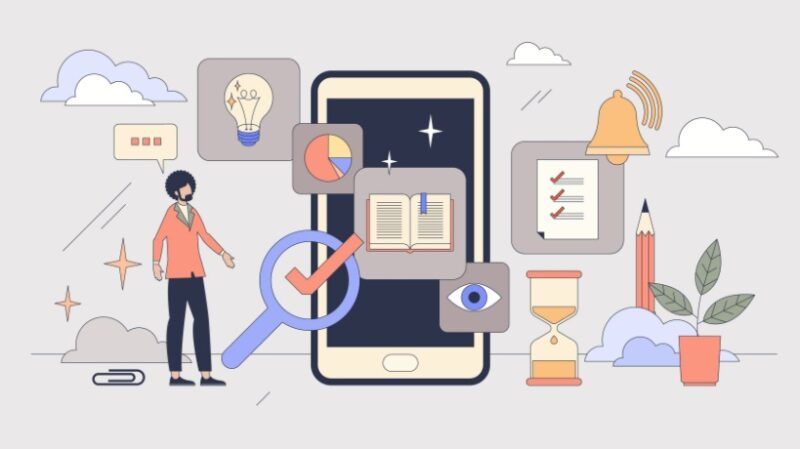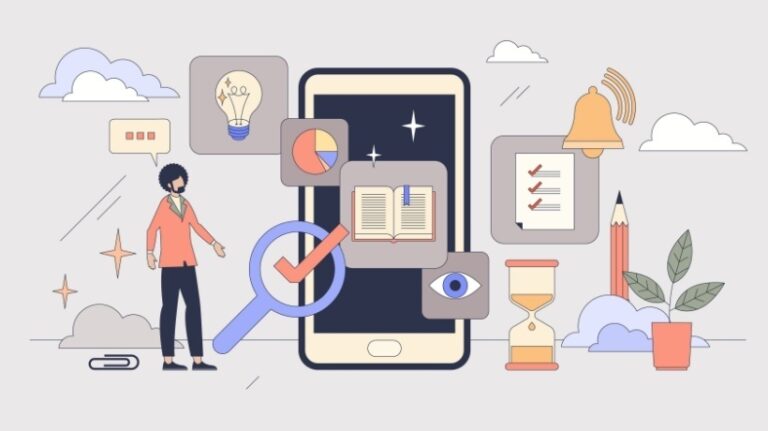
The future of employee training
Microlearning in the workplace is an efficient way to enhance training by providing short, focused modules that improve knowledge retention and reduce cognitive overload. With a 17% increase in learning efficiency, it’s a cost-effective, scalable solution perfect for today’s fast-paced work environments.
The new workforce demands microlearning
The workplace is evolving, and employee expectations are evolving with it. Today’s workforce, especially younger generations, are increasingly demanding faster, more engaging learning experiences (and shorter attention spans) that fit into their busy schedules. Traditional long training sessions don’t resonate the way they used to. Instead, employees are looking for something more streamlined: microlearning.
What is microlearning?
Microlearning is a learning approach designed to deliver short, bite-sized lessons. We’re talking about modules that run in 7 to 15 minutes, allowing employees to quickly learn and retain important information without becoming overwhelmed. Whether it’s improving an individual’s skills or improving overall company performance, microlearning has proven to be the go-to strategy for organizations that want to stay ahead of the curve.
What microlearning is not
Microlearning is more than just shrinking your course or breaking it up into smaller pieces. It’s important to focus your content on key factors that directly impact performance. This can be effective when used in conjunction with deep learning, but its primary purpose is to reduce cognitive load so employees can absorb important information more effectively.
What is microlearning theory?
Microlearning theory originates from the work of German psychologist Hermann Ebbinghaus, who studied how memory works. He developed the “forgetting curve” which shows how quickly people forget new information. Without regular review, most people only remember about 21% of what they learned a month later.
Microlearning solves this problem by delivering information in small, bite-sized lessons. Breaking content into short chunks and reviewing it regularly helps learners remember more of what they’ve learned. This “bit by bit” approach facilitates information retention over time and helps learners stay on top of new skills and knowledge.
Why microlearning is the future of workplace training
1. Microlearning efficiency increased by 17%
According to a study published in the Journal of Applied Psychology (2017), breaking lessons into bite-sized chunks improves learning efficiency by 17%. [1]. This not only shortens sessions, but also increases retention. Microlearning combats cognitive overload and makes it easier for employees to transfer what they learn to the workplace. result? Improved knowledge retention and ability to apply skills more quickly.
2. Cost-effective and scalable
Microlearning is not only faster, but also cheaper. Short modules are faster and cheaper to develop. Additionally, it is typically delivered online or via an app, allowing businesses to save on travel, trainer, and classroom costs.
3. Supports just-in-time learning
Microlearning is perfect for just-in-time (JIT) learning. Whether your employees need a quick refresher before starting a new task or reviewing safety protocols on the go, microlearning provides exactly what they need, when they need it.
4. Mobile-friendly learning on the go
Given the rise in remote work, employees need training that fits their lifestyle. Microlearning is mobile-friendly in nature, so your team can easily access training on their smartphones, whether in the field or at home.
5. Close skills gaps quickly
The pace of workplace change, especially post-pandemic, has created skills gaps in many industries. Microlearning can help close these gaps quickly, allowing employees to learn new skills and apply them immediately, keeping your company competitive.
How microlearning improves workplace performance
Microlearning not only improves efficiency, it also delivers real results. Here’s how:
Improving knowledge retention
Microlearning helps employees retain information longer by delivering content in small, spaced chunks. No more forgetting important points a week after your training session. Increased engagement
The short and interactive nature of microlearning makes learning more fun. Employees stay motivated and are more likely to complete training. Improved productivity
Less training time means more time on the job. Employees can immediately apply what they learn without the lengthy interruptions associated with traditional training.
Digital platforms drive microlearning success
For microlearning to be effective, the right digital platform is essential. Tools can provide personalized, interactive experiences that keep employees engaged. Features like those listed below can help.
nudge learning capsule
Weekly reminders to reinforce important lessons. Error prediction module
Help your employees learn how to avoid common mistakes. mobile accessibility
Allows you to learn anytime, anywhere.
The platform doesn’t just deliver content, it also tracks progress, provides feedback, and ensures a consistent learning experience for everyone.
Conclusion: The future is micro
As the workplace evolves, so too must training. Microlearning is the flexible, efficient, and cost-effective solution that today’s workforce demands. With research supporting a 17% increase in efficiency and improved retention rates, microlearning is not just an option, it’s a necessity. Ready to see what microlearning can do for your team?
References:
[1] How training and development departments are shifting their focus to deliver learning for the 21st century.
Originally published at www.youfactors.com.
Source link


